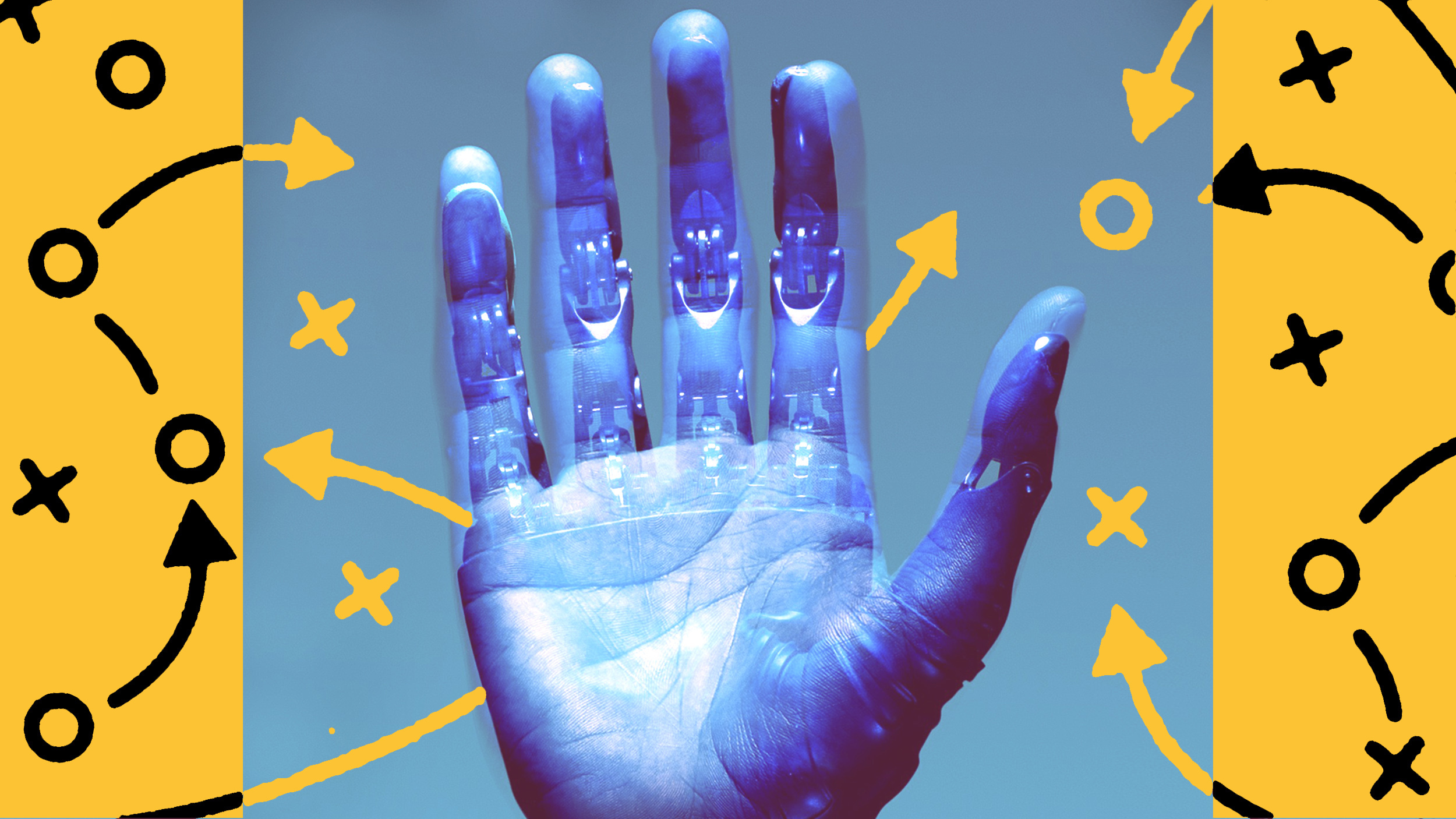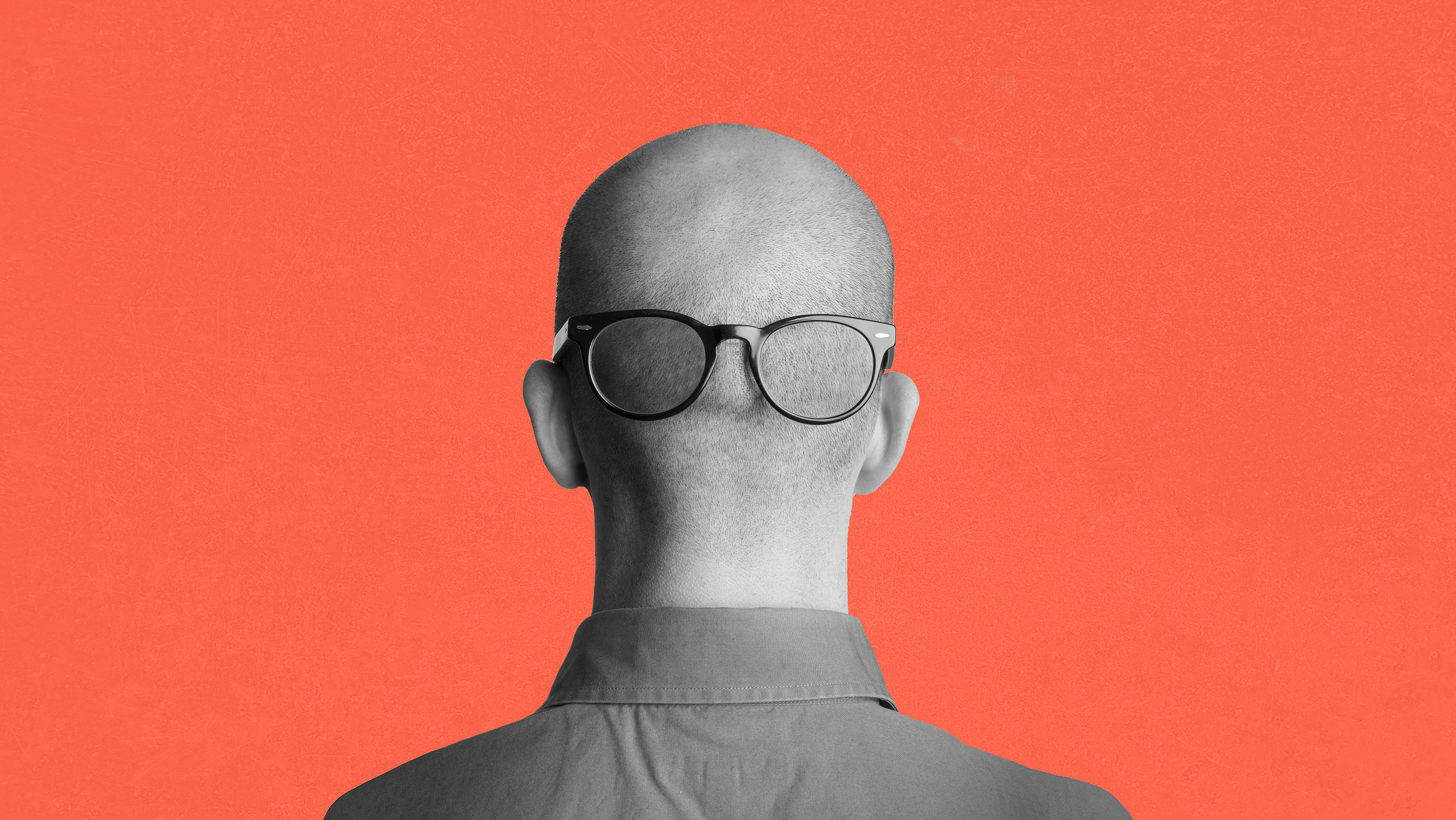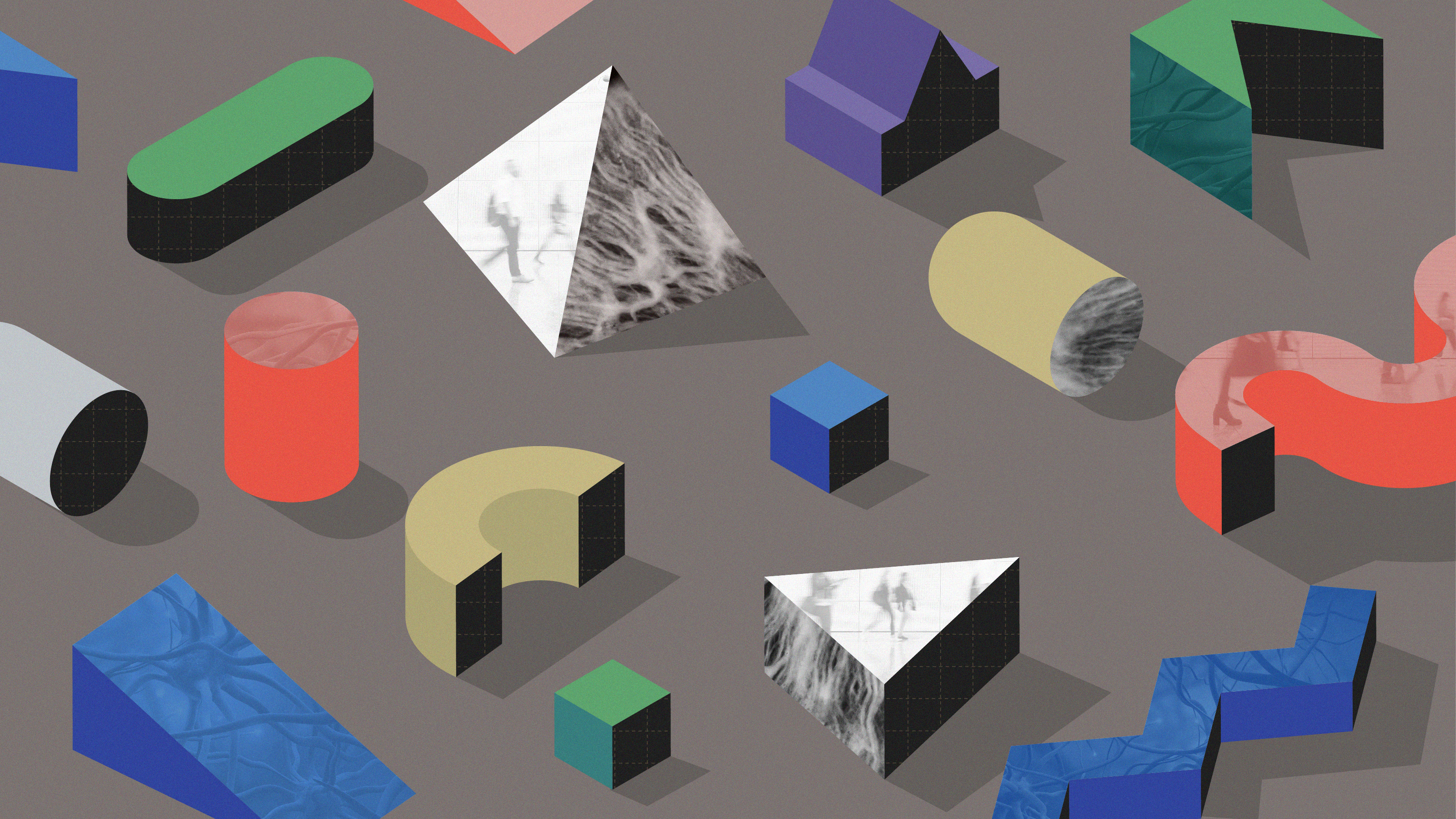Unconscious bias: How to recognize first and react second

Just because you have unconscious bias doesn’t mean you’re a bad person. It just makes you human. Amway’s Claire Groen cites the quote that made her feel better about her own bias: “If you have a heartbeat, you have an unconscious bias.” In her Big Think video, “Lead Difficult Conversations,” she explains the possibilities that understanding the inevitability of unconscious bias opens up.
The biases we hold are inevitable. They’re just products of our experiences, our upbringing, our communities, and our environment, the same influences that play such an important role in making us the people we are. To sit down and catalogue our unconscious biases is impossible — they’re unconscious, after all. What’s important is recognizing that they exist and being on the lookout for those moments when they get in our way.
Difficult talks
In her video, Groen recalls her experience working on Amway’s “RealTalk” and “Men as Allies” discussion series. It’s something you might want to try. The idea was to leverage existing unconscious biases among participants through deliberately difficult conversations designed to break down people’s misconceptions about each other.
Moderators were instructed to “help participants get comfortable with the idea of being uncomfortable.” Discussion of breaking news stories proved to be a useful method for engaging people, and, not coincidentally, revealing how the same events could be seen in strikingly different ways depending largely on personal biases.
Setting expectations matters
Groen says that it’s vital to ask participants in such conversations to assume positive intent on the part of others. “It’s not so much that people get negative, but it’s that they become defensive,” she says. If you have an expectation of malice, it’s all too easy to misinterpret what someone says to you. Crediting the other person with good intent can completely turn around your interpretation of what’s been said.
As the talks took place, constant — and useful — collisions between unconscious bias and reality occurred as expected. However, beginning with the non-judgmental recognition that we’re all biased one way or another removed the sting. Each conflict provided a valuable platform for participants to practice the more realistic goal of interrupting, as opposed to eliminating, their biases.
To productively work through our unconscious bias with others, it’s important to always remember to dialog and not debate. No one is supposed to triumph over another. It’s simply “about how I might experience something, and understanding how you might experience that exact same thing but in a different way,” Groen says.




